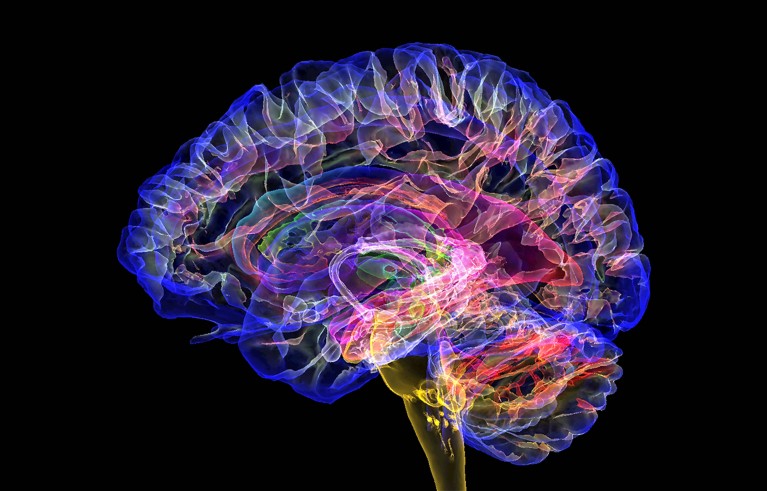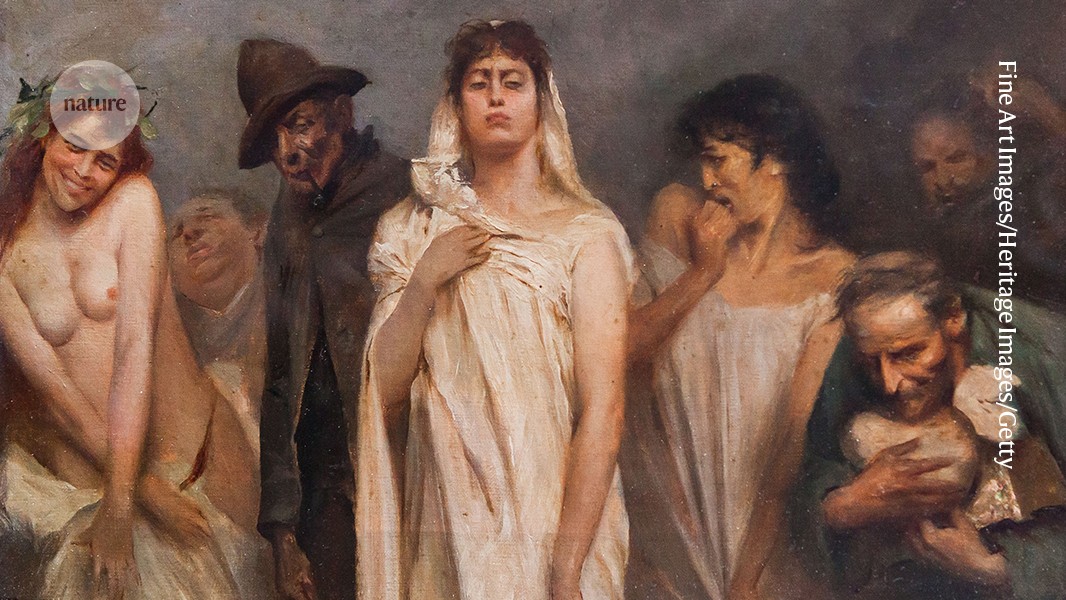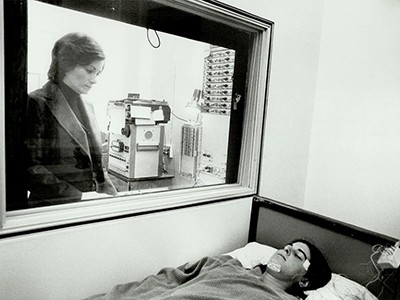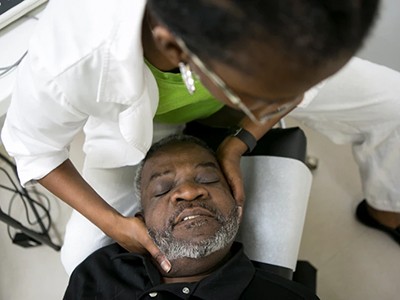Seven Deadly Sins: The Biology of Being Human Guy Leschziner William Collins (2024)
There is no food in sight in Alex’s house. Even the rubbish bin is fastened closed. The kitchen is like a bank vault, hidden behind a locked door from which staff members bring out portioned meals for Alex and her six housemates, all of whom have a genetic disorder called Prader–Willi syndrome.
The unsung geniuses who uncovered why we sleep and dream
Although Alex was born underweight, by early adulthood she could eat three servings in a sitting, had gorged on cat food and carried 110 kilograms on her small frame. Her ‘gluttony’, writes neurologist Guy Leschziner in Seven Deadly Sins, is the result of a condition that instils such a voracious appetite that some people have eaten to the point of bursting their stomachs. Whereas marketers of diet programmes have conventionally coupled obesity to a lack of willpower, Leschziner uses Alex’s case to argue that body size is driven less by moralistic factors and more by genetics, hormones and gut microorganisms.
Similar themes run throughout the book, as the author examines lust, envy and other supposed infractions, gathering examples of people who exhibit these traits because of neurological disorders. Like his earlier books about sleep and the senses, Seven Deadly Sins educates as much as it entertains, turning complex neuroscientific topics into fodder for cocktail-party conversations.
The biology of behaviour
Exploring wrath, Leschziner introduces two men with epilepsy. One lurches into rages in the wake of his seizures and finds himself surrounded by shards of broken dishes afterwards. Another, a “gentle giant”, has anger outbursts because of a medication prescribed to control his disease.
To explain the neurobiology of wrath, the author introduces readers to the amygdalae — two almond-shaped structures in the brain that help us to temper rage and recognize anger in other people. In a particularly fascinating passage, he describes the MAOA gene, known as the warrior gene because people with certain mutations in it tend to be aggressive and antisocial. Judges in both the United States and Italy have given reduced sentences to defendants who had mutations in the MAOA gene, a striking example of the blurry intersection between genetics and the justice system. In hopes of a similar reprieve, some defendants on trial for murder now undergo genetic testing to see whether they, too, are predisposed to violence.
Sloth, muses the author, is an oddity among the list of deadly sins. “After all, a little laziness is hardly as harmful as wrath, envy or lust,” he explains. But, as he portrays in the story of Becky and her husband, Rhett, a complete lack of motivation can be devastating for loved ones.

The relationships between brain activity and behaviour are complex.Credit: K H Fung/SPL
Becky and Rhett are cattle ranchers whose lives have been upended by Huntington’s disease. After decades of erratic behaviour, Becky’s father developed the writhing movements characteristic of the condition and was diagnosed with it. Genetic testing then revealed that Becky, too, would develop the condition. A few years later, the disease started to dull her sense of initiative, turning her from an engaged and loving parent into an apathetic and emotionally absent individual. “We would be packing the kids up to go someplace, and she’d be sitting on the couch,” Rhett recalls. “My kids were seven or eight years old, trying to figure out how to pack their suitcase.” By the time of the book’s writing, Becky was spending most of her days staring into space, lacking both the urge and the cognitive capacity to engage with the world around her.
In a chapter on lust, the author examines the story of a soldier in the British Army, who was shot in the front of the brain during the Second World War and returned home obsessed with talking about sex. Another soldier with a similar injury came home an exhibitionist, racking up two arrests for exposing himself in public.
The great rewiring: is social media really behind an epidemic of teenage mental illness?
Leschziner explains how the brain’s frontal lobes help to inhibit sexual impulses, and how damaging them can produce a flagrant hypersexuality that can cause even the most robust relationships to crumble. He goes on to focus on dopamine-sensing networks in the brain that promote a sense of pleasure. Roughly 3% of people with Parkinson’s disease who take medications that increase dopamine levels experience an increase in sexual urges. By contrast, antipsychotic drugs that downregulate dopamine can decrease sexual drive — a side effect that causes many people to stop taking the medications, resulting in a relapse of their psychosis.
The author’s writing is crisp, clear and artful as he guides readers through decades of neurological research. The book’s first half is particularly strong, using stunning stories and diverse science to show how neurological differences can cause wrath, gluttony and lust. The second half sometimes centres around individuals whose behaviour lacks a definite neurological underpinning, but the stories nevertheless remain moving.
Re-evaluating free will
From the outset, Leschziner recognizes that his framing of the seven deadly sins as hardwired by biology necessitates a re-evaluation of free will. In 1964, he recounts, two neuroscientists asked 12 healthy volunteers to perform hundreds of simple activities, such as pulling a string or gripping a ball, while connected to an electroencephalogram (EEG) machine to detect brainwaves. An electrical signal consistently appeared about 1–1.5 seconds before the volunteers moved their muscles during active tasks, but not before passive movements, such as when the neuroscientists moved a participant’s fingers for them. In the 1980s, scientists showed that this EEG signal begins 200–300 milliseconds before a person is even aware of wanting to move. For some researchers, these experiments suggest that decisions that we think are volitional are in fact prepared by our brains before we are conscious of them, and that, therefore, “our perception of having a conscious choice to act is a grand deceit”, Leschziner writes.
Chronic pain — why science has scant succour for one in five people
Yet he also acknowledges the dissenting opinion — that we are free to veto the impulses that arise in our brains. More recent data suggest that the electrical signals in question might even be artefacts of the experiments’ set-up, and completely irrelevant to the conversation about free will. Today, the work remains as contentious as ever, a source of both respect and ire among specialists.
Leschziner ultimately concludes — with a dose of humility — that he knows only that the people he met while writing his book have had their free will reduced. The stories in Seven Deadly Sins reveal that, at least in some cases, people have little control over their actions because of factors such as genetics, developmental differences, medications, head trauma or a neuropathological condition. Should we deny the existence of free will, or should we assume that we have complete control over our actions? “I suspect the answer as to what degree of personal responsibility we hold is somewhere in between,” Leschziner decides. He’s spot on — and his honest interpretation of the facts adds heft to this outstanding book.





